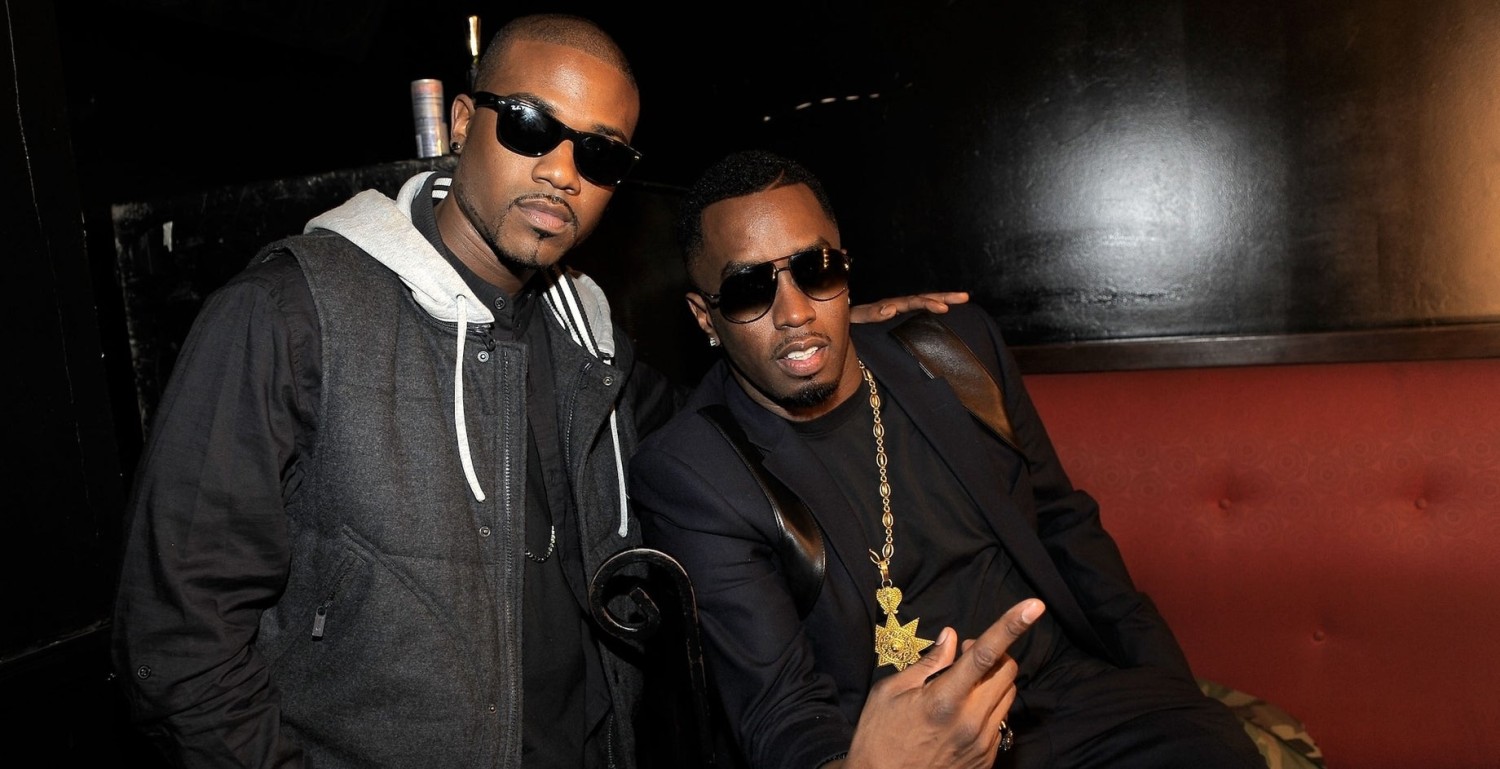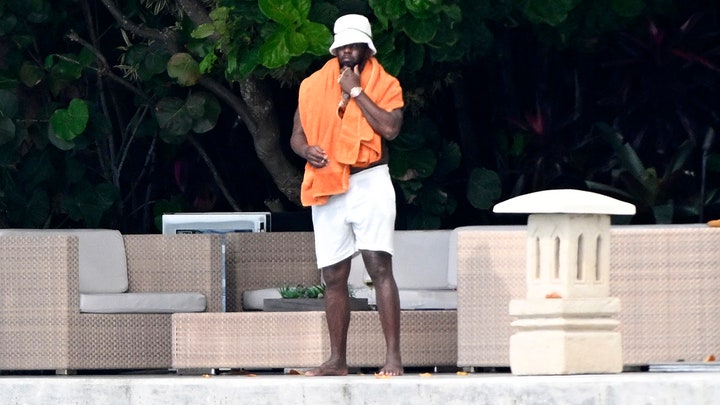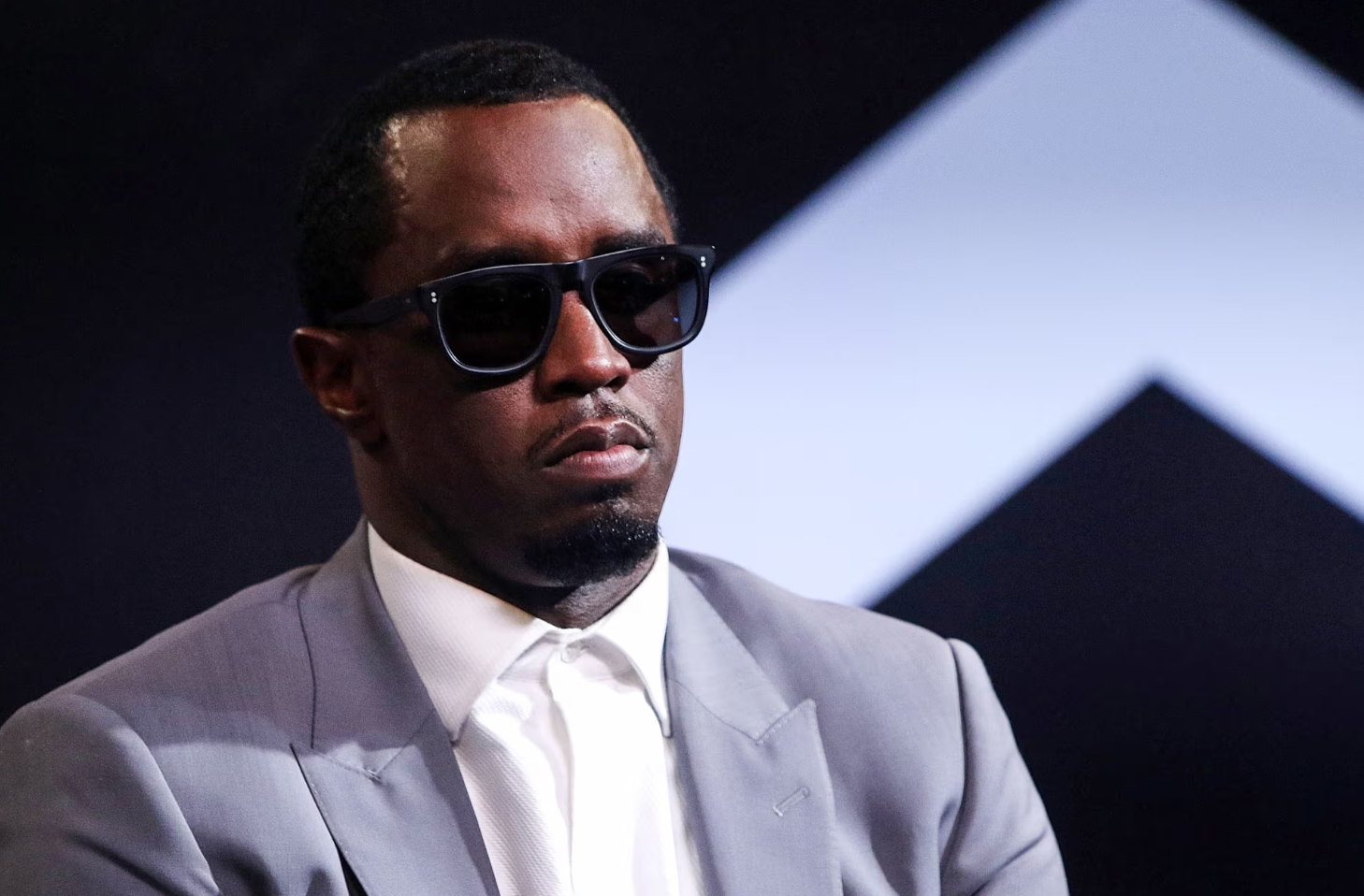In 2001, Combs was on trial for illegal gun possession and bribery, for which he could have been sentenced to a 15-year prison term. The precipitating incident happened two years earlier and involved a protégé who went by “Shyne” and a bodyguard known as “Wolf.” Back then Combs was known as “Puffy” and was dating “J-Lo” and the entire trial sounded like it was inhabited by cartoon characters. But it was serious business and so Combs had attorney Johnnie Cochran on his team and presented himself to the jury in an oversized suit that made him look straight out of the waif-fashion era. He was also clutching a green Bible that he made sure was cracked open. Combs was acquitted. But the trial was a reminder of what all that soft focus gloss could be obscuring.
In fashion, he broke down barriers with his Sean John line that put Black men on the runway in suits, furs and cashmere, and forced the industry to ask itself why it insisted on referring to his collection, which launched in 1998, as “urban” when it had more in common aesthetically with the world of McMansions, golf courses and yachts. He received encouragement from Tommy Hilfiger — whose runway show he once walked in. He cuddled up to magazine editors. He confronted the issue of race in fashion by simply persisting in what he was doing until the industry’s leading trade organization named him menswear designer of the year — marking the first time the award had been given to Black person.
Combs threw parties in the Hamptons to which guests, Martha Stewart, Paris Hilton, Al Sharpton, and countless entertainers, were instructed to wear pristine white — and only white. Beige could get one turned away. He styled himself in the spirit of a cinematic leading man from the black and white era, appearing in advertisements for Ciroc vodka and in the pages of Vogue dressed like a rakish suitor to an haute-couture clad Kate Moss.
He helped to launch a charter school in Harlem. He pledged $1 million to Howard University. Combs used tuxedos and tailored suits as placards of protest. Lawn parties were a statement of Civil Rights. Walking up the steps of the Metropolitan Museum of Art as a guest at the Costume Institute’s Met Gala was a revolutionary act.
He led the way in turning hip-hop into a gold rush. Hip-hop wasn’t bootlegging, but it needed some polishing; it needed meaning. And Combs was the man for the job.
Like his contemporaries, Combs worked hard to make his way into boardrooms and build corporations of his own, but he also dabbled in acting on the Broadway stage as Walter Lee Younger in “A Raisin in the Sun” in 2004 and on screen three years prior with “Monster’s Ball.” He was terrible in the former and satisfactory in the latter. But mostly the two performances painted Combs as a man who believed himself capable of succeeding at anything on which he set his sights.
There’s something distinctly American in that: an optimistic belief that anything is possible, a reckless propensity to declare oneself qualified for any endeavor.
Over and over Combs is described in the public sphere as a hip-hop mogul or producer or rapper. He is those things but he’s something more, too. He is a testament to the faith that green is the only color that ultimately matters in an America where being rich can sometimes make people look invincible. Is the road to great wealth inevitably strewn with the wounded, the disappointed, the cheated and the disillusioned? Is philanthropy simply a way of trying to make amends for all the pain?
The sight of law enforcement officers raiding Combs’s homes is startling because of the horrible allegations that brought them there — allegations that have caused businesses and organizations to sever their relationships with Combs. But the show of force also disrupts a revered idyll. Combs worked hard to cast his success as part of a sweeping American story, to have it considered in the same light as the titans of the Gilded Age whose names are carved on enduring institutions and the great inventors who changed our mode of transport and the ways in which we communicate.
Tactical vehicles ripped through the gloss. They executed search warrants. So the world could see exactly what kind of hurt might lie below.




